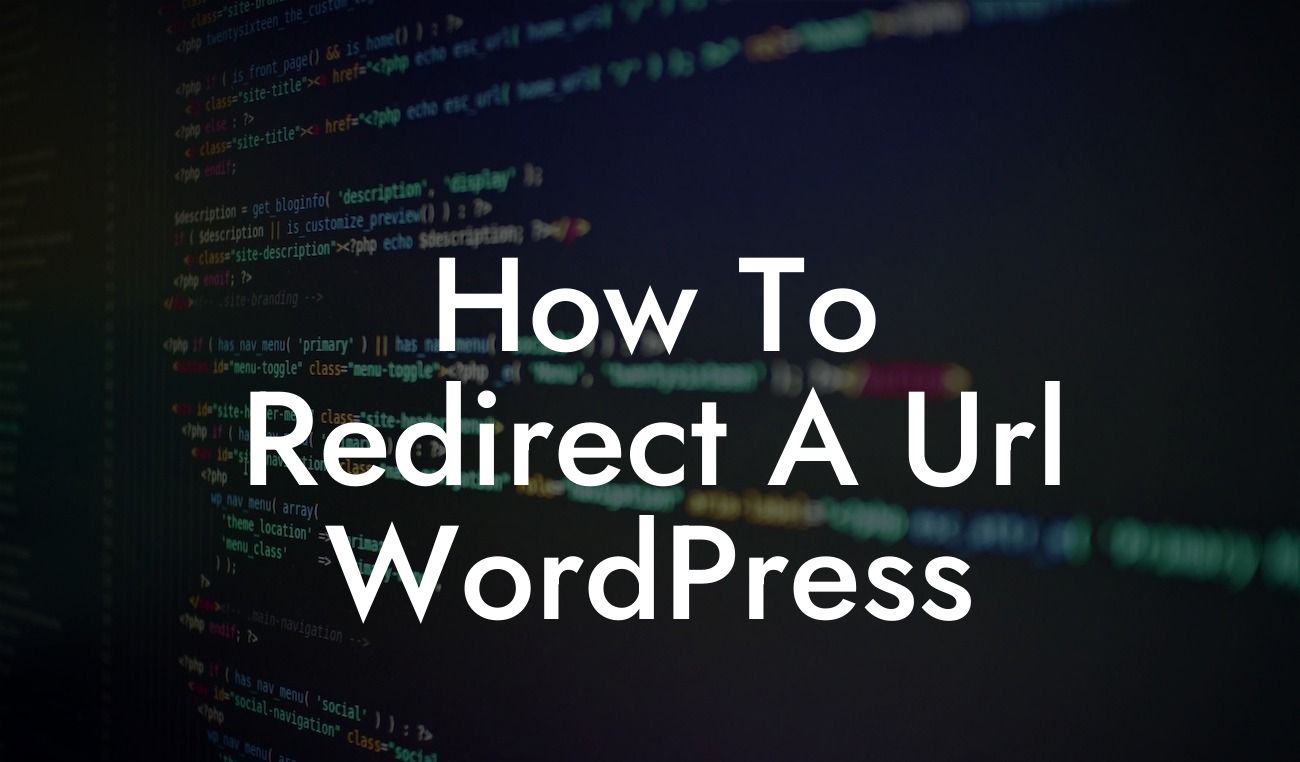Redirecting URLs is an essential task for every website owner. Whether you're rebranding, updating your site structure, or fixing broken links, knowing how to redirect a URL in WordPress is crucial. In this guide, we'll explore different methods and show you how to redirect URLs effortlessly. But before we dive into the detailed process, let's understand why URL redirects matter.
Why Redirecting URLs Matters:
URL redirects play a significant role in optimizing your website's user experience and SEO. When a visitor clicks on a broken or outdated link, they're often met with a frustrating error page. By redirecting those URLs, you ensure a seamless user journey and prevent users from bouncing off your site.
Types of URL Redirects:
When it comes to redirecting URLs in WordPress, there are several methods available. Let's walk through each one and understand their purposes:
Looking For a Custom QuickBook Integration?
1. 301 Redirects:
The 301 redirect is a permanent redirect that informs search engines that a URL has permanently moved to a new location. This type of redirect is ideal when you want to:
- Change your website's domain name
- Redirect non-www to www or vice versa
- Redirect outdated or deleted content to new pages
To implement 301 redirects, you can use plugins like DamnWoo's Redirect Pro or edit your .htaccess file directly.
2. 302 Redirects:
Unlike the 301 redirect, a 302 redirect is a temporary redirect. It's primarily used when you want to redirect users temporarily to another page or website. If you're running short-term promotional campaigns or temporarily moving your site, a 302 redirect is suitable.
3. Redirect Chains:
Redirect chains occur when multiple redirects are set up in a sequence. While they can solve immediate problems, redirect chains can harm your website's performance and SEO. It's crucial to audit your redirects periodically and ensure they're clean and efficient.
How To Redirect A Url Wordpress Example:
Let's say you run an online store and decide to change your domain name. Without proper redirects, all your existing URLs will lead to error pages, resulting in lost sales and frustrated customers. However, by implementing 301 redirects, you can seamlessly redirect your customers to the new domain and retain your search engine rankings.
Now that you've learned how to redirect a URL in WordPress, it's time to implement these strategies and elevate your website's performance. Remember, DamnWoo offers powerful WordPress plugins specifically designed for small businesses and entrepreneurs like you.
Explore our collection of plugins that can further enhance your online presence, supercharge your success, and effortlessly manage URL redirects. Don't settle for cookie-cutter solutions – embrace the extraordinary with DamnWoo. Share this valuable guide with others and start redirecting URLs like a pro today!
[CTA] Check out our plugins and elevate your WordPress experience with DamnWoo!













